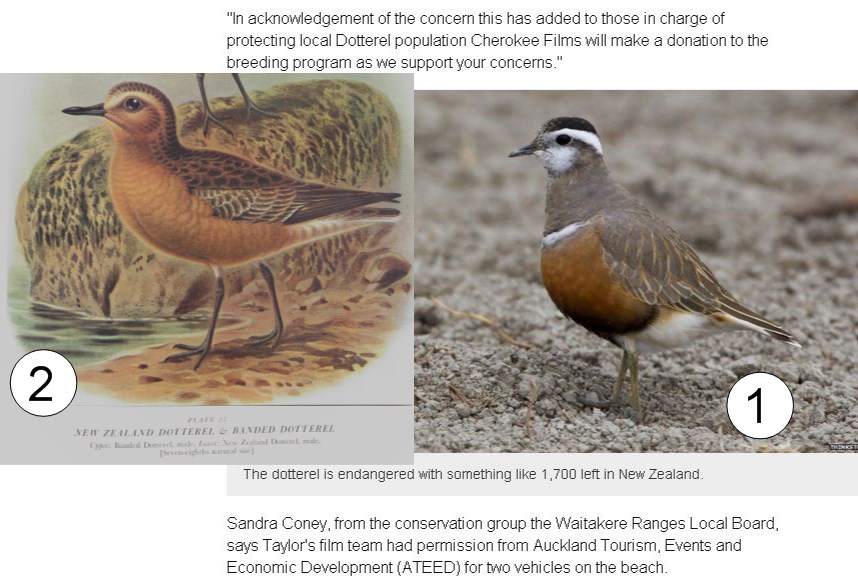Yes confusion again. It happens when a species has an old name from England where there might only be one representative of a group, and then many more, related
species are found in other parts of the world and some variously named in similar (or not) fashion. It comes down to where to draw dividing lines. E.g. all cuckoos are named as a group from the features of the call of the one species that calls in England.
Maybe the problem is made worse with the ability to do internet searches and people selecting the first or most obvious image that comes up, in this case the UK one rather than the correct one.
Philip
From: Geoffrey Dabb [
Sent: Friday, 27 November 2015 10:29 AM
To:
Subject: [canberrabirds] Going dotty
I was recently involved in an issue about anxiety caused to protection groups by an international list insisting that the ‘Hooded Plover’ was really a ‘Hooded Dotterel’. Now this morning local ABC radio had a segment about the outrage
in New Zealand caused by Taylor Swift’s production crew taking 11 vehicles onto a beach inhabited by endangered ‘dotterels’. Investigating this further I find the affair has received world-wide coverage with the BBC website devoting much space it. A photo
has the text ‘The dotterel is endangered with something like 1,700 left in New Zealand’. As it happens the BBC has used a photo of what the British like to call ‘The Dotterel’, being
Eudromias morinellus – the Eurasian Dotterel [1 below]. At 2 below I show the figure from Buller’s Birds of New Zealand of
Charadrius obscurus. This, I believe, is the genuine 1700-strong (or not so strong) New Zealand Dotterel or Red-breasted Plover, Swift-disturbed or otherwise. Hooded and Red-breasted Plovers of the world unite.


